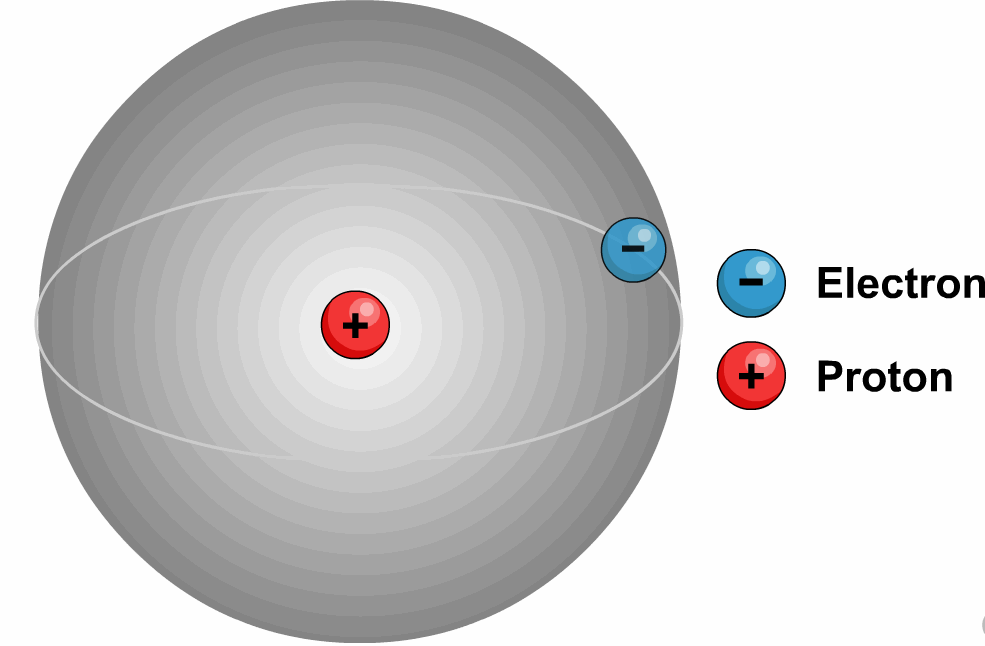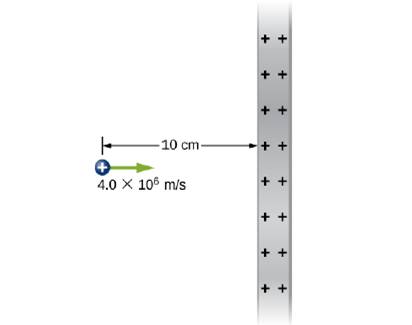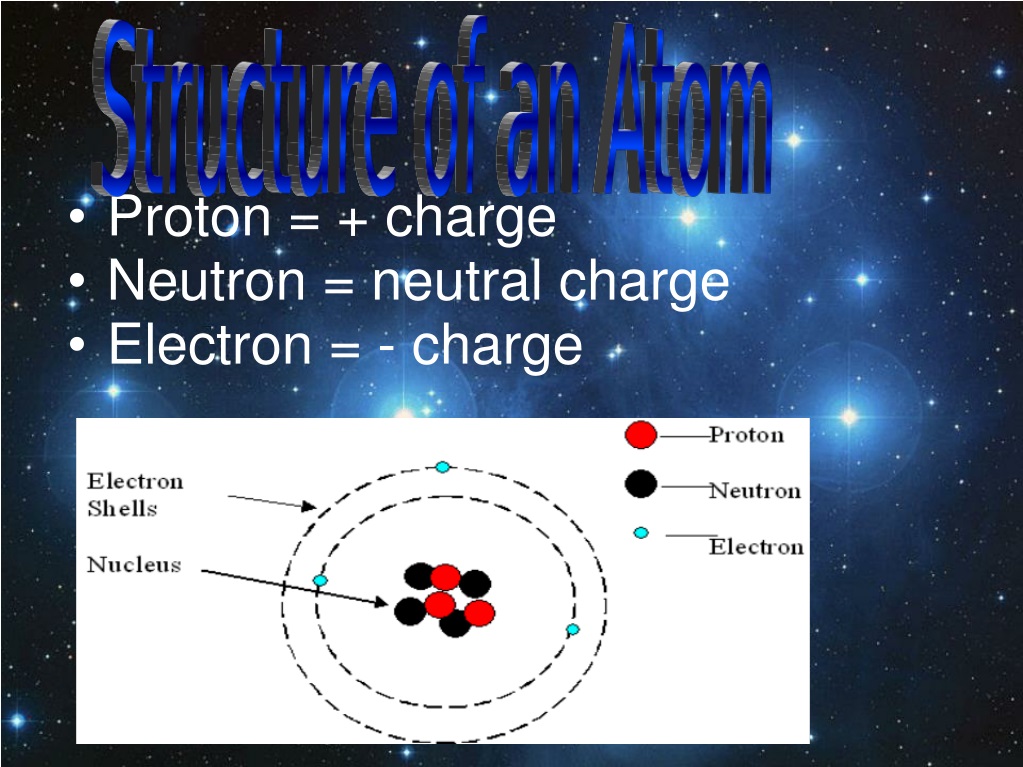

Developed in the 1970s, it was a quantum theory of the “strong force” that acts between quarks. The results confirmed a sophisticated and outlandish theory that had by then replaced Gell-Mann and Zweig’s quark model. And detect them they did: HERA’s electrons rebounded from a maelstrom of low-momentum quarks and their antimatter counterparts, antiquarks. In HERA experiments, physicists could select electrons that had bounced off of extremely low-momentum quarks, including ones carrying as little as 0.005% of the proton’s total momentum. The Hadron-Electron Ring Accelerator (HERA), which operated in Hamburg, Germany, from 1992 to 2007, slammed electrons into protons roughly a thousand times more forcefully than SLAC had. These deficits drove home a point physicists were already coming to appreciate: The proton is much more than three quarks. Similarly, the masses of two up quarks and one down quark only comprise about 1% of the proton’s total mass. But in 1988, the European Muon Collaboration reported that the quark spins add up to far less than one-half. Physicists initially supposed that - in a calculation echoing the simple charge arithmetic - the half-units of the two up quarks minus that of the down quark must equal half a unit for the proton as a whole. The proton has half a unit of spin, as do each of its up and down quarks. It fails, for instance, when it comes to a proton’s spin, a quantum property analogous to angular momentum. They infer various aspects of the object’s interior by adjusting how forcefully they bombard it and by choosing which scattered particles they collect in the aftermath.īut the quark model is an oversimplification that has serious shortcomings. Physicists have carried out hundreds of scattering experiments to date. “That was the first evidence that quarks actually exist,” said Xiaochao Zheng, a physicist at the University of Virginia.Īfter SLAC’s discovery, which won the Nobel Prize in Physics in 1990, scrutiny of the proton intensified. The electrons were hitting the proton hard enough to shatter it - a process called deep inelastic scattering - and were rebounding from point-like shards of the proton called quarks. But SLAC could hurl electrons more forcefully, and researchers saw that they bounced back differently. In earlier experiments, researchers had pelted it with electrons and watched them ricochet off like billiard balls. Proof that the proton contains multitudes came from the Stanford Linear Accelerator Center (SLAC) in 1967. We’ve incorporated their animations into our own attempt to unveil its secrets.
#A proton charge series
Recently, Milner, together with Rolf Ent at Jefferson Lab, MIT filmmakers Chris Boebel and Joe McMaster, and animator James LaPlante, set out to transform a set of arcane plots that compile the results of hundreds of experiments into a series of animations of the shape-shifting proton. “Every time you think you kind of have a handle on it, it throws you some curveballs.” The proton “has been humbling to humans,” Williams said. Most recently, a monumental data analysis published in August found that the proton contains traces of particles called charm quarks that are heavier than the proton itself. “We’re kind of just starting to understand this system in a complete way,” said Richard Milner, a nuclear physicist at MIT.Īs the pursuit continues, the proton’s secrets keep tumbling out. Connecting the particle’s many faces has been the work of generations. And its forms differ drastically depending on how researchers set up their experiment.

The proton is a quantum mechanical object that exists as a haze of probabilities until an experiment forces it to take a concrete form.

“In fact, you can’t even imagine how complicated it is.” “This is the most complicated thing that you could possibly imagine,” said Mike Williams, a physicist at the Massachusetts Institute of Technology. But decades of research have revealed a deeper truth, one that’s too bizarre to fully capture with words or images. College students learn that the ball is actually a bundle of three elementary particles called quarks. High school physics teachers describe them as featureless balls with one unit each of positive electric charge - the perfect foils for the negatively charged electrons that buzz around them. More than a century after Ernest Rutherford discovered the positively charged particle at the heart of every atom, physicists are still struggling to fully understand the proton.


 0 kommentar(er)
0 kommentar(er)
